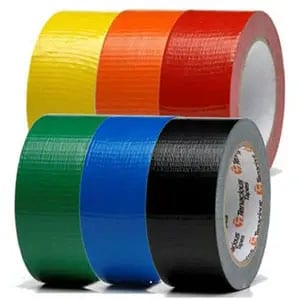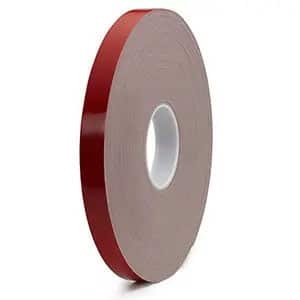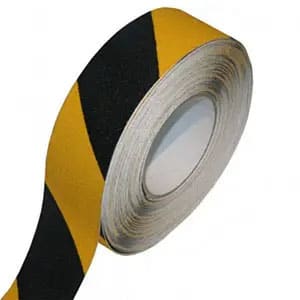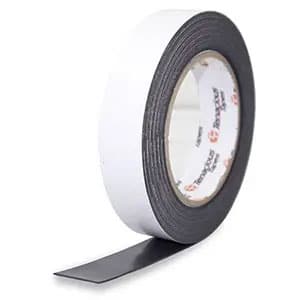Product Description:
A reinforced aluminium/PET laminate coated with a specially formulated grey butyl adhesive protected by an easy-peel siliconised filmic release liner which is over-lapped to allow the tape to be stuck to one surface at a time
Application:
As a waterproof flashing tape for building penetrations (primarily doors, windows and ventilation points). Designed to ensure that permanent moisture/vapour seals can be created, as required. Will accommodate differential expansion and contraction and movement during the life of the building
Technical Details:
| Tape Thickness: | 0.60mm |
| Tensile Strength | 80 N/cm |
Peel Adhesion 23°C:
|
|
| Service Temperature: | -40ºC to 90ºC |
| Application Temperature | 5° to 40°C |
Surface Preparation:
Surfaces compatible with OE4220 are:
- Most current building surfaces
- Concrete and coatings that contain hydraulic binders, tiles, bricks
- Aluminium, metals, glass, wood (treated), PVC.
It is up to the users to check the compatibility with the surface in terms of adherence, chemical compatibility and staining over the range of the application temperatures. The surfaces must be clean, dry and free of dust. In the case of friable, porous or fragile surface, it is advisable to stabilise them with a liquid primer. When replacing a bituminous tape, clean the surface of all bitumen traces and degrease with a solvent. For an application between 0°C and +5°C, check beforehand the absence of frost or of condensation on the surface. In case of watertightness, it is advisable to make sure that there is no risk of water retention. Start peeling off the protective liner and apply the product. Remove the protective liner progressively when installing. Carry out a roll-pressing to avoid inclusion of air bubbles. Match contours of the surface when installing in order to avoid stress likely to peel the product. The recommended application pressure is between 5 g/cm² and 15 g/cm². When overlapping tape provide 5cm overlap. Please do not use for permanent fixings or in load bearing applications instead of an adhesive or of a mechanical fastener. The mechanical performances of butyl sealants decrease with an increase of temperature. Butyl sealants are sensitive to hydrocarbon solvents.








